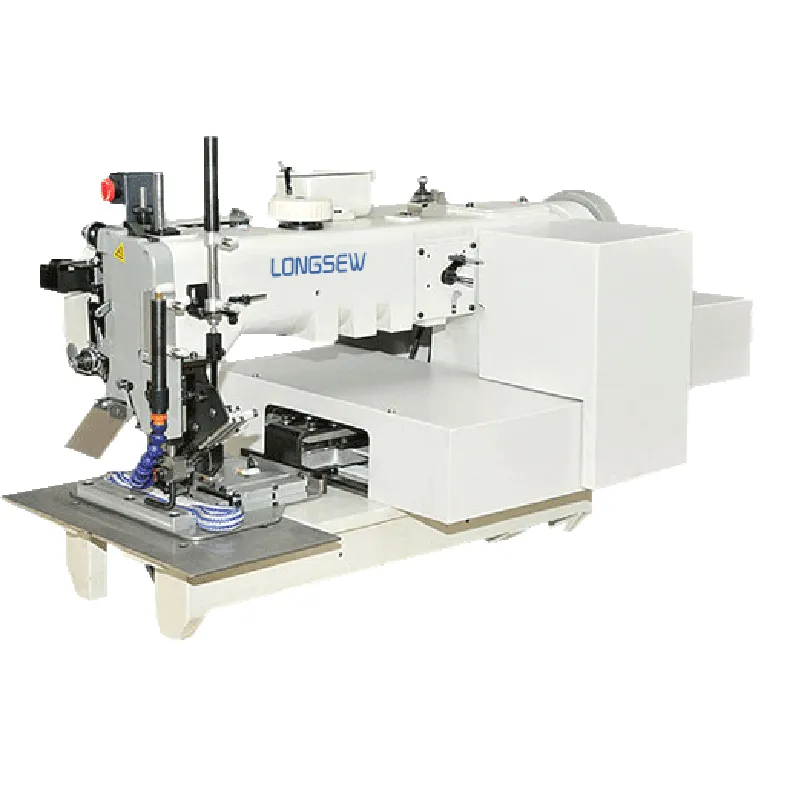leather for dressmaking
Leather for Dressmaking A Timeless Choice
When one thinks of leather, the initial associations often revolve around durability, luxury, and a certain ruggedness. However, leather is not just limited to jackets and accessories; it has also carved out a significant place in the world of dressmaking. Its unique properties and aesthetic appeal make it an enticing choice for creating stunning garments. This article delves into why leather is an excellent material for dressmaking, the types of leather most suitable for clothing, and tips for working with this versatile fabric.
The Allure of Leather
Leather has been a prized material for centuries, celebrated for its elegance and strength. The tactile experience of soft, supple leather against the skin is unmatched, giving a wearer a sense of luxury. Furthermore, leather garments adapt brilliantly to the wearer’s body over time, providing a fit that feels uniquely personalized. This characteristic makes leather a fantastic option for dresses, skirts, and even tops that highlight the body’s natural curves.
Types of Leather for Fashion
Not all leather is suitable for dressmaking; the type of leather chosen affects the final look and feel of the garment
. Here are some popular leather types used in fashion1. Cowhide This is one of the most commonly used leathers in clothing. Cowhide is durable and can be finished in a variety of ways, making it suitable for everything from structured jackets to flowing dresses.
2. Lambskin Known for its softness and lightweight nature, lambskin is perfect for more delicate and high-fashion pieces. It drapes beautifully and feels luxurious, making it a favorite among designers.
3. Sheepskin Similar to lambskin but slightly thicker, sheepskin offers warmth and a different texture that can provide unique visual contrasts in a garment.
4. Goatskin This type of leather is often used to create garments that require a bit of stretch, as it has inherent elasticity. Goatskin’s natural grain gives it a unique look that stands out in the world of fashion.
5. Cordovan This is a rare and high-quality leather obtained from horsehide. Due to its exceptional durability and rich finish, cordovan is favored for high-end fashion pieces, though it is not commonly used for mass-produced garments.
leather for dressmaking

Tips for Working with Leather in Dressmaking
Sewing with leather may seem daunting, but with the right tools and techniques, it can become a rewarding experience. Here are some tips for sewing leather garments
1. Use the Right Tools Ensure you have a walking foot and sharp sewing machine needles specifically designed for leather. These tools help feed the material evenly and prevent any tearing.
2. Choose Quality Thread Polyester or nylon threads are more suitable for leather than cotton threads due to their strength and durability. Using a heavier weight can also provide better support for the seams.
3. Pre-wash and Treat the Leather Unlike fabric, leather cannot be laundered in the same way. It’s essential to ensure that the leather is clean and treated properly with suitable conditioners to enhance its longevity.
4. Cut Carefully Cutting leather should be done with precision, as it can be unforgiving. Use a rotary cutter or sharp scissors meant for heavy materials to ensure clean edges.
5. Use Proper Stitching Techniques Straight stitches work well for leather, and be sure to use longer stitch lengths to prevent perforation of the material. Consider trying French seams for a more polished finish.
6. Consider Lining Depending on the garment style, lining can enhance comfort while also projecting a clean finish on the inside. Materials like silk or cotton can be excellent choices.
Conclusion
In conclusion, leather is more than just a robust material; it is a canvas for creativity in dressmaking. The varied types of leather available allow designers to explore a world of textures and styles, catering to every preference. By understanding the properties of leather and employing the right techniques, anyone can create stunning, one-of-a-kind leather garments that are as fashionable as they are enduring. As leather continues to evolve within the fashion realm, its timeless appeal ensures it remains a staple for those looking to make a statement.
-
Industrial Cylinder Arm Sewing Machine: Revolutionizing Heavy-Duty SewingNewsJul.28,2025
-
Cylinder Arm Sewing Machine: Perfect for Special Sewing ApplicationsNewsJul.28,2025
-
Cylinder Bed Sewing Machine: Essential for Sewing Complex MaterialsNewsJul.28,2025
-
Heavy Duty Sewing Machine: The Essential Tool for Industrial ApplicationsNewsJul.28,2025
-
Computerized Pattern Sewing Machine: Revolutionizing Precision StitchingNewsJul.28,2025
-
Heavy Duty Industrial Sewing Machine: Power Meets PrecisionNewsJul.28,2025
-
Leather Sewing Machine: The Industrial Standard for Tough MaterialsNewsJul.18,2025





























